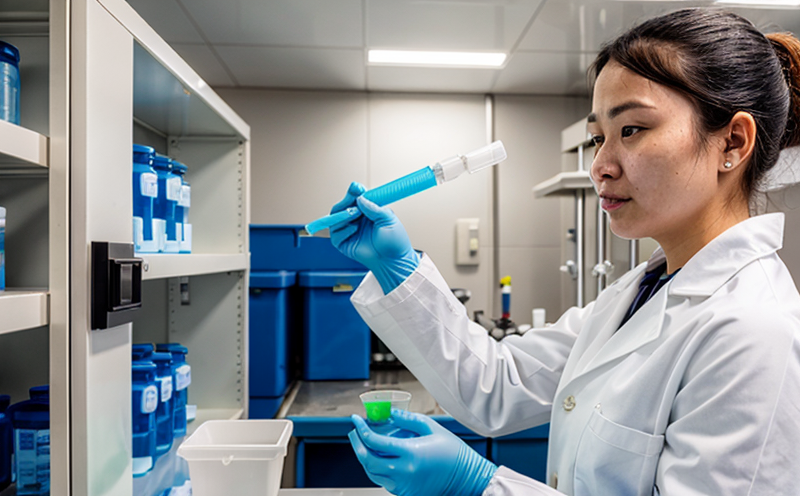USP Personnel Hygiene Microbial Monitoring Testing
The USP (United States Pharmacopoeia) Personnel Hygiene Microbial Monitoring Testing is a critical component of ensuring the integrity and safety of pharmaceutical products. This service ensures that personnel working in cleanrooms, laboratories, or any other areas where contamination can pose risks to product quality adhere to strict hygiene protocols. Compliance with these guidelines is essential for maintaining sterility and avoiding potential contamination events that could affect drug efficacy and patient safety.
The testing involves regular sampling of personnel using swabs, which are analyzed for the presence of microbial contaminants according to established standards like USP Chapter 797. The process is designed to identify any breaches in hygiene practices that could lead to contamination. Proper sampling techniques and protocols are crucial, as even minor deviations can compromise the results.
Microbial monitoring tests focus on various indicators such as total viable counts (TVC), specific pathogen detection, and antifungal activity testing. These tests help in determining whether personnel are following recommended hygiene procedures that prevent cross-contamination within facilities. Understanding the microbial load present is vital for maintaining a sterile environment conducive to pharmaceutical manufacturing.
The importance of this service extends beyond just regulatory compliance; it plays a pivotal role in enhancing overall product quality and patient safety. By implementing robust personnel hygiene measures, manufacturers can minimize the risk of introducing contaminants into their products, thereby protecting public health.
Compliance with USP guidelines is not only about meeting legal requirements but also ensuring that best practices are followed consistently across all stages of production. Regular monitoring helps in identifying trends early on, allowing for timely interventions to address any issues before they escalate into larger problems. This proactive approach ensures continuous improvement and adherence to high standards.
In summary, USP Personnel Hygiene Microbial Monitoring Testing is essential for maintaining strict hygiene protocols within pharmaceutical facilities. It involves regular sampling of personnel using swabs analyzed according to established standards like USP Chapter 797. The process focuses on various indicators such as total viable counts (TVC), specific pathogen detection, and antifungal activity testing. Properly implemented, this service helps in identifying any breaches in hygiene practices that could lead to contamination.
- The importance of this service extends beyond just regulatory compliance; it plays a pivotal role in enhancing overall product quality and patient safety.
- By implementing robust personnel hygiene measures, manufacturers can minimize the risk of introducing contaminants into their products, thereby protecting public health.
- Regular monitoring helps in identifying trends early on, allowing for timely interventions to address any issues before they escalate into larger problems.





